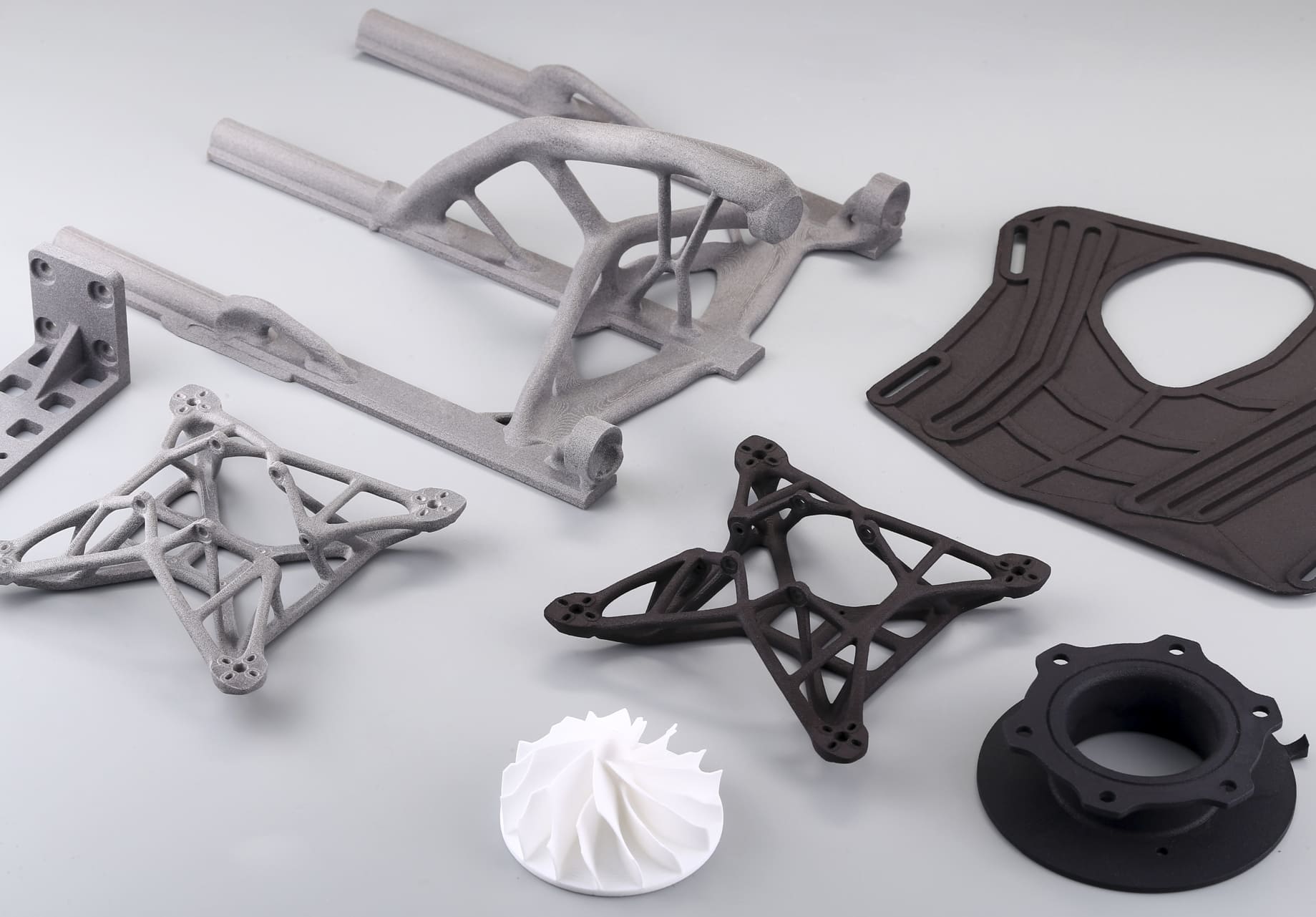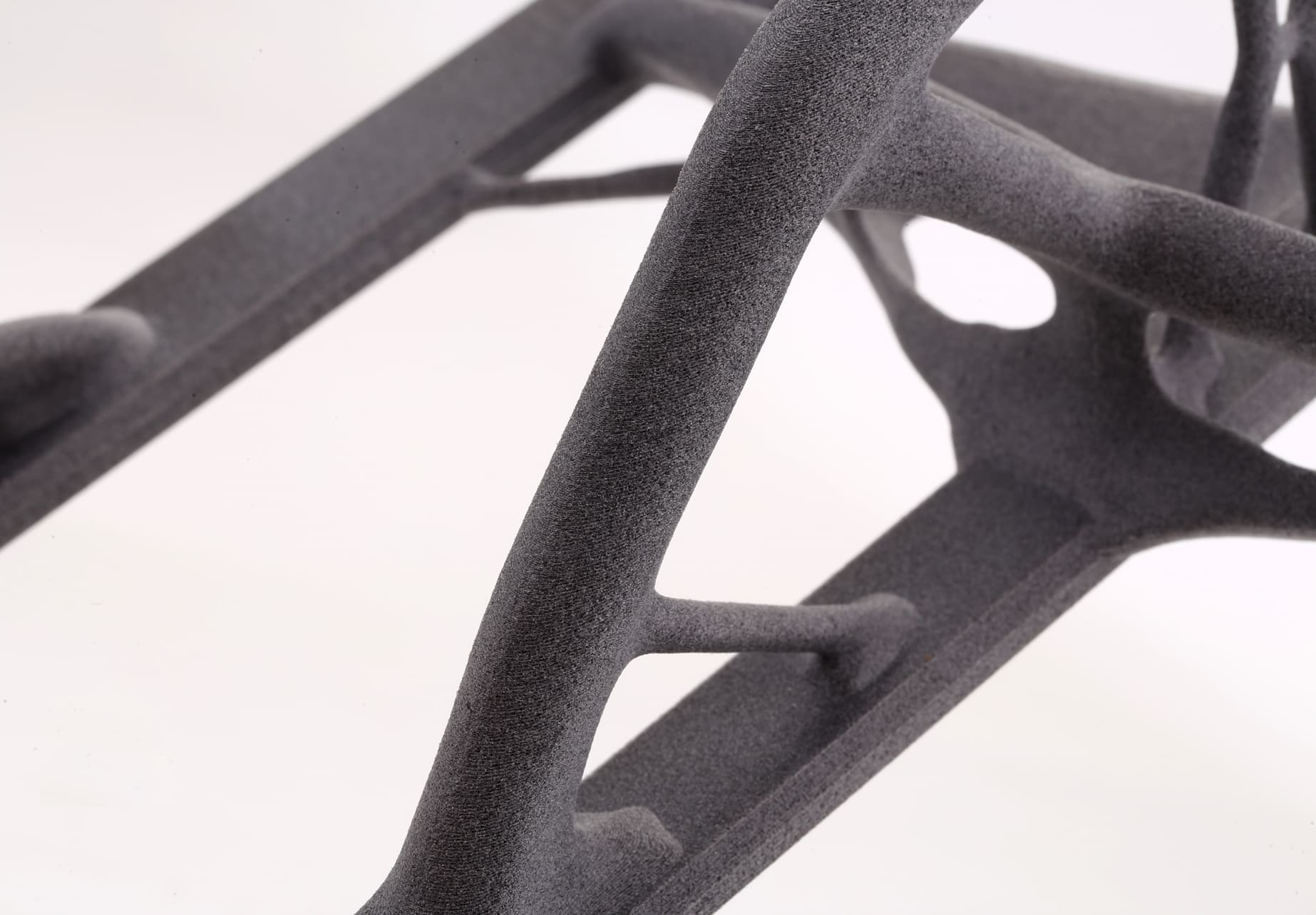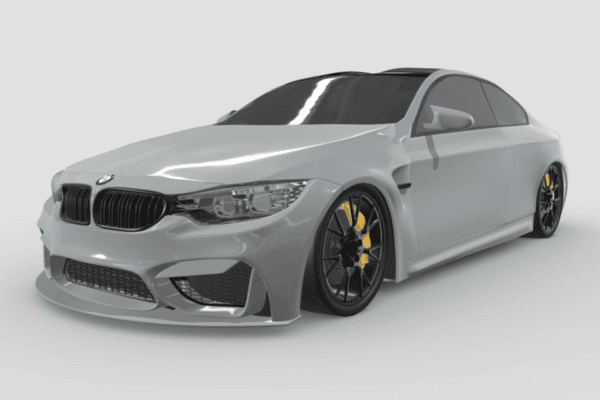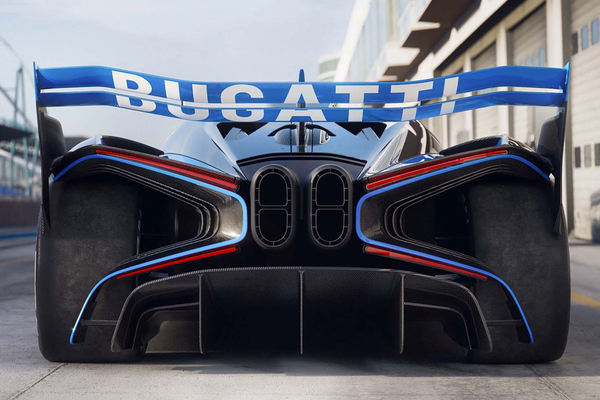3D printing has moved far beyond prototyping. In the automotive sector, 3D printing is now a practical tool for producing functional components, replacement parts, and even performance upgrades. From lightweight brackets to custom interior trims, engineers and manufacturers are leveraging the flexibility of 3D printing to reduce lead times, cut costs, and enable design freedom
Yet, the success of a 3D printed car part depends less on the printer itself and more on the material chosen. A bracket that must withstand engine‑bay heat requires a very different polymer than a decorative dashboard insert. Selecting the wrong material can lead to premature failure, safety risks, or wasted resources.
In this article, you will learn the engineering‑driven evaluation of the top materials used in automotive 3D printing. It outlines the performance requirements of car parts, compares the leading material options, and offers a decision framework to guide material selection. Let's get started!
Engineering Requirements for 3D Printed Car Parts
Auto parts operate in demanding environments. When evaluating materials for 3D printing, engineers must consider the following requirements:
1. Mechanical Loads
Car parts are subject to tensile, compressive, and torsional stresses. Components such as brackets, housings, and clips must resist fatigue and impact loading without cracking or deforming.
2. Thermal Environment
Under‑hood parts may face continuous exposure to temperatures exceeding 100 °C, with spikes much higher near exhaust systems. Interior parts, by contrast, must tolerate cabin heat cycles but rarely face extreme thermal stress.
3. Chemical Resistance
Automotive fluids, such as fuel, oil, coolant, and brake fluid, can degrade certain polymers. Exterior parts must also resist UV radiation, road salts, and moisture.
4. Dimensional Accuracy and Surface Finish
Functional parts often require tight tolerances for assembly. Aesthetic parts demand smooth finishes and consistent color stability.
5. Regulatory and Safety Standards
Materials must comply with flammability ratings, crashworthiness requirements, and OEM specifications.
In short, the “best” material depends on the part’s function, environment, and performance expectations.
Top 5 Materials for Automotive 3D Printing
1. Metals (Aluminum, Stainless Steel, Titanium)
• Properties: Exceptional strength, high thermal resistance, and long‑term durability. Metals produced via additive manufacturing (e.g., selective laser melting, electron beam melting) can achieve near‑wrought mechanical properties.
• Applications: Engine brackets, exhaust components, heat exchangers, structural mounts, and safety‑critical parts.
• Advantages:
Superior load‑bearing capacity compared to polymers and composites
Withstands extreme temperatures and harsh chemical environments
Enables lightweighting through lattice structures and topology optimization
• Limitations:
High cost of powders and equipment
Requires extensive post‑processing (heat treatment, machining, surface finishing)
Slower production speed compared to polymer printing
2. Nylon (PA11, PA12)
• Properties: High toughness, fatigue resistance, and good chemical stability.
• Applications: Air intake manifolds, brackets, housings, ducts, and clips.
• Advantages:
Excellent balance of strength and flexibility
Compatible with SLS and MJF processes for high‑volume production
Resistant to oils and fuels
• Limitations:
Absorbs moisture, which can affect dimensional accuracy
Requires post‑processing for optimal surface finish
3. Carbon Fiber‑Reinforced Polymers
• Properties: High stiffness‑to‑weight ratio, dimensional stability, and reduced warping.
• Applications: Structural supports, lightweight body panels, racing components.
• Advantages:
Comparable stiffness to aluminum at a fraction of the weight
Excellent for performance and motorsport applications
• Limitations:
Anisotropic properties—strength depends on fiber orientation
Higher material and equipment costs
4. Thermoplastic Polyurethane (TPU)
• Properties: Elasticity, abrasion resistance, and vibration damping.
• Applications: Gaskets, seals, bushings, vibration dampeners, grips.
• Advantages:
Flexible and durable under repeated stress
Excellent for dynamic or cushioning parts
• Limitations:
Limited load‑bearing capacity
Printing requires precise process control
5. Engineering Resins (Tough, High‑Temp, Flexible)
• Properties: Tailored mechanical profiles, fine detail, and smooth finish.
• Applications: Prototypes, small precision parts, custom fixtures.
• Advantages:
High-dimensional accuracy
Specialized resins are available for high‑temperature or impact resistance.
• Limitations:
Brittle compared to thermoplastics
Limited scalability for large parts
Material Selection Decision Tree
|
Criteria |
Nylon (PA11/PA12) |
Carbon Fiber Composites |
TPU |
Metals (Aluminum, Steel, Ti) |
Engineering Resins |
|
Mechanical Strength |
High |
Very High |
Low–Medium |
Very High |
Medium |
|
Thermal Resistance |
Medium–High |
High |
Low |
Very High |
High (varies by resin) |
|
Chemical Resistance |
Good |
Excellent |
Moderate |
Excellent |
Moderate |
|
Flexibility |
Moderate |
Low |
High |
Low |
Varies (some flexible resins) |
|
UV/Weather Resistance |
Moderate |
Good |
Good |
Excellent |
Low–Moderate |
|
Surface Finish |
Moderate |
Good |
Moderate |
Requires machining |
Excellent |
|
Printability |
Excellent (SLS/MJF) |
Requires hardened nozzle |
Requires tuning |
Requires metal AM system |
SLA/DLP compatible |
|
Cost |
Moderate |
High |
Moderate |
Very High |
Moderate–High |
|
Best Use Cases |
Brackets, ducts, clips |
Body panels, mounts, supports |
Gaskets, seals, grips |
Engine parts, exhaust, brackets |
Prototypes, precision parts |
Practical Considerations for Implementation
After selecting the right material, 3DSPRO’s engineer suggests that you should address practical factors as well:
1. Printer Compatibility
Not all printers can process advanced composites or flexible TPU. Equipment capability must match material requirements. Consider using 3D printing services to lower investment>>
Many materials require annealing, machining, or surface finishing to achieve final properties. For example, nylon parts may need vapor smoothing, while carbon fiber composites often require sanding and coating.
3. Cost Analysis
Material cost is only part of the equation. Post‑processing, machine time, and potential failures must be factored into the total cost of ownership.
4. Supply Chain and Availability
Automotive‑grade filaments and resins must be sourced from reliable suppliers to ensure consistency. Variability in feedstock can compromise part performance.
5. Testing and Validation
Prototypes should undergo mechanical, thermal, and chemical testing before deployment in critical applications.
3DSPRO Offers A Comprehensive 3D Printing Solutions for 3D Printed Car Parts
Selecting the right material is only one step in the journey. Successful implementation requires expertise in design, process optimization, and post‑processing. This is where 3DSPRO provides value.
1. Material Portfolio: 3DSPRO offers a full range of automotive‑grade materials, from high‑performance metal to nylon and engineering resins.
2. Application Expertise: Our engineers understand the unique requirements of automotive environments and can recommend the optimal material for each use case.
3. End‑to‑End Support: From design consultation to prototyping and production, 3DSPRO ensures that every part meets mechanical, thermal, and regulatory standards.
4. Scalable Solutions: Whether producing a single prototype or scaling to hundreds of parts, 3DSPRO’s workflow is designed for efficiency and repeatability.
Upload Your Car Parts' 3D Files and Let Us Help You >>
By combining advanced materials with engineering expertise, 3DSPRO enables automotive innovators to move from concept to road‑ready parts with confidence.

























